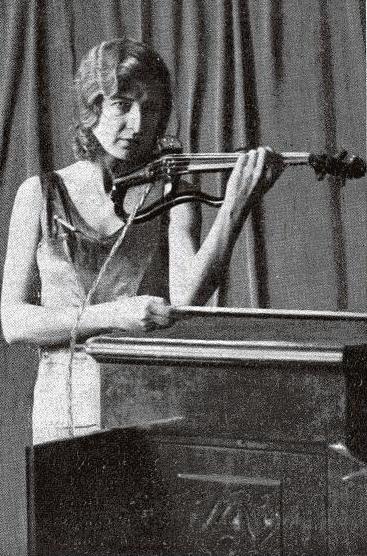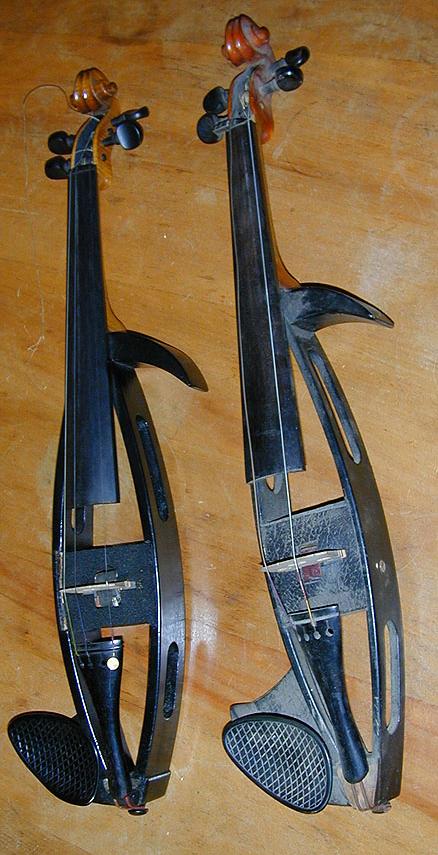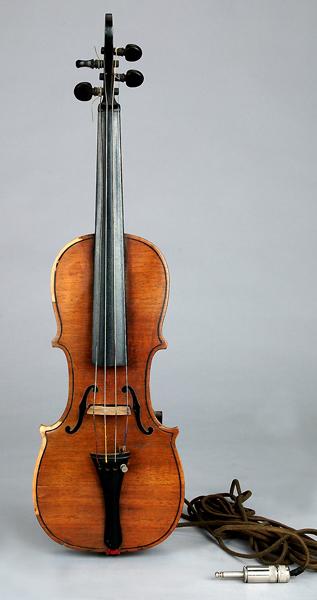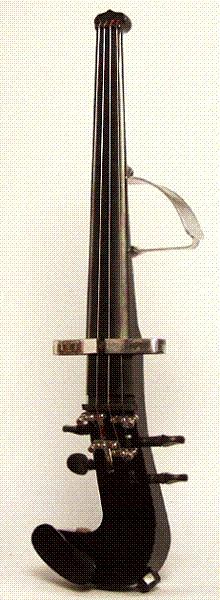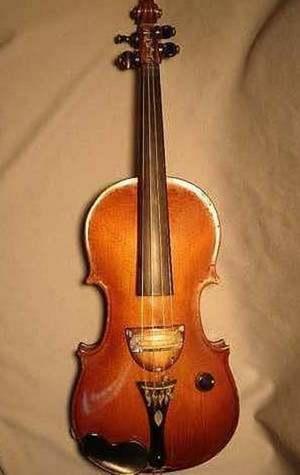Music is transmitted by a microphone
31st March 1913 - microphones of the inertia type are mounted directly on the sounding board for transmitting music to a distance
*
W.H. DERRIMAN - UK 8th July 1913
Automatic Enunciator Co. - sound is transmitted electrically. Comer is referred to.
*
A.W. HARRIS - UK 13th April, 1921
Reproduction of sounds by means of an electric transmission system - as described in specification 144`761{class 40iv}
*
J.COMPTON. UK 1922
Compton’s story starts here with a sound magnifying attachment. Specifications of inventions by Charles Parsons are referred to. Also an invention by G.C. Marks, an invention for magnifying sound applicable to phonographs and telephone relays is referred to. This also referring to an invention by D. Higham in 1901 classified under Electric Telegraphs for an apparatus for producing magnified sound.
Compton later makes quite a unique claim in a 1929 patent specification. A device is outlined where each string may be individually amplifed using electro-magnets attached to electrical amplifiers and speakers. The described patent is an addition to one granted to Compton between 1921&`23. The earlier patent is described as “the vibrant medium” which the device “picks up”.
*
R.F. STARZL, USA 1927.
Giant-Tone Radio Violin ( special pickup fitted in the f-hole of a normal instrument ).
*
DIMITRIU Violin pickup invention from France
*
S. FRANKO - UK 7th February 1930
Electrical oscillations being amplified and transmitted to a sound-producing or radio-transmitting device. Open to inspection see Compton.
*
O. ALLFORD - UK 20th March 1930
A reverberator for attaching to bridge.
*
Ivan MAKHONINE - FRANCE 1930
Makhonine violin.
*
Paul BIZOS. FRANCE c1931
(several presented c1934 as a complete string ensemble)
Superviolon special pickup attached to a normal instrument, with associated circuitry that enabled it to play in the ranges of all bowed strings.
*
Oskar VIERLING. Berlin, GERMANY c1931.
Elektro-Geige - an electroacoustic violin.
Vierling was born in Straubing, Lower Bavaria on the 24th January, 1904. He was a German electroacoustic engineer and instrument inventor. He began to work on acoustics research and the development of electronic instruments at the Heinrich-Hertz-Institute. Vierling’s work on electronic instruments has been divided between oscillator-based electronic organs (and related instruments) and electro-acoustically amplified string instruments, building an electroacoustic violin and cello in 1931.
These instruments are played in the usual way, but instead of the tone of the strings being amplified acoustically by a sound-board, as in the normal instruments, the vibrations are picked up by electro-magnets (one for the fundamental tones and another for the harmonics), conveyed to an amplifier similar to that of a radio set, and issued through a loud-speaker. By manipulation of the amplifier concerned with the harmonics the timbre can be varied; thus the violin can be made, for instance, to sound like an oboe.
(Oxford Companion to Music, 1978)
From searches on the internet it appears that these instruments formed part of an “All Electric Orchestra” and were recorded onto gelatine in Berlin, 1936. The records were recently transferred to CD. Until these recordings are made available the Vierling electric stringed instruments will remain in obscurity.
*
A.E. ALLEN and V.A. PFEIL - Orange NJ, USA 1932.
Electroviolin.
Mr.A.E. Allen & Mr.V.A. Pfeil (both of Allencraft Laboratories, Orange, N.J.) have developed a complete set of stringed instruments (both bowed & plucked) much on the same lines as the Vierling instruments.
(Oxford Companion, 1978)
*
Professor V. KARAPETOFF Cornell University - date unknown.
Five-string cello with amplifier
This instrument is included as a visual record in the Oxford Companion (1978). The cello seems to have no resonating chamber, the body looks like a thin elipse (stick-like) and there is a standard peg-box and pegs. More importantly in one unusual way is that the inventor is seen holding the electric cello.
*
EISENBERG USA 1933
*
HENNING. AUSTRIA c1934.
Violin.
*
Lloyd LOAR - Acousti-Lectric Co. Kalamazoo USA c1934.
Vivi-Tone Violin.
*
George D. BEAUCHAMP - Electro String Instrument Co. LA, USA c1935.
ElectroViolin - 2 models.
*
INVENTOR UNKNOWN. Padua ITALY c1936.
Violin, audible over 8 km.
This is the most intriguing violin, probably to remain a wonder and quite a frightening thought. Newspaper reports from Padua and the surrounding area might reveal something.
*
John DOPYERA - NATIONAL DOBRO Corp. Los Angeles USA 1936.
VioLectric (amplifonic violin)
*
It is recorded that Dopyera and Beauchamp both thought the other to have stolen their ideas. This cannot be confirmed, although I have seen a picture showing a ‘National VioLectric amplifonic violin’. It looks nothing like the Beauchamp model and is specified as being ‘made out of various traditional woods’. Beauchamp states clearly that he thought he had found better alternatives to wood: ... preferably formed of metal, or other material that may be cast in the form of a single part or casting... I have found it desirable to form the body of a synthetic organic substance... (Beauchamp, 1936)
More significantly though, the actual maker of this violin is very probably neither but by Fredray Kislingbury.
*
The Violectric (aka National) design follows the traditional body appearance, more so than Lloyd Loar’s viola.
*
INVENTOR UNKNOWN. USA c1937.
Vibra-Violin.
*
Benjamin F. MIESSNER. Millburn, NJ. USA ? c1937.
Violin.
Miessner was born in 1890. He was an American inventor and designer of electroacoustic instruments. Miessner’s first inventions included some connected with early radio research (from 1909) and (somewhat later) electric gramophones. In 1928 Amperite manufactured an electric pickup designed by him for guitars. After selling his radio patents to RCA in 1930 for a large sum of money, Miessner set up a laboratory to explore further the possibilities of electrifying musical instruments. Around 1939 Tom Adrian Cracraft’s All Electronic Orchestra featured several Miessner-designed amplified string instruments.
The violin retains a standard looking neck and stop length and also the extremes of both upper and lower bouts are kept. The pick up is a specially designed bridge - more a block than a bridge. The scroll appears traditionally shaped. The cello looks most radical - completely devoid of bouts but with traditional neck and scroll.
*
Marshall MOSS and William BARTLEY. Washington DC, USA 1938.
Electrophonic Violin (with belly but no back ).
Moss was a violinist of the National Symphony Orchestra in Washington, Bartley, an engineer. The Moss & Bartley instrument follows the Loar instrument in description, the vibrations being microphonically received through a standard(?) bridge and belly and then amplified.
*
Hugo BENIOFF - California, USA c1938.
Seismographic fiddle
*
KISLINGBURY - USA 1939
Based on evidence found in pickup design the relatively well known VioLectric/Dopyera/Dobro violin seems to be an invention by someone else...
*
AMPEG Guitar Company. USA 1939.
Electric string quartet constructed from clear plastic.
The Ampeg guitar company made an attempt to create an entire family of electric string instruments. These were displayed during the 1939 New York World’s Fair. They reportedly lacked any significant tone quality, were too heavy and weren’t very successful.
*
J.W. McBRIDE - UK 12th December
electrical amplification and instrument
*
H.J. DOWKES UK 18th September 1944
electrical sound magnifying attachments
*
AMPLIFIERS Ltd. - UK 2nd February 1945
An electric pick-up device
*
STANDARD TELEPHONES & CABLES Ltd. - UK 6th June 1945
An electrical arrangement applied to a musical instrument subdivides the frequencies of the notes produced naturally and emits the resultant from a loud speaker.
*
data -
electric violin -
makers
BAH

This work is licensed under a Creative Commons Attribution-NonCommercial-NoDerivs 2.5 License.
up
